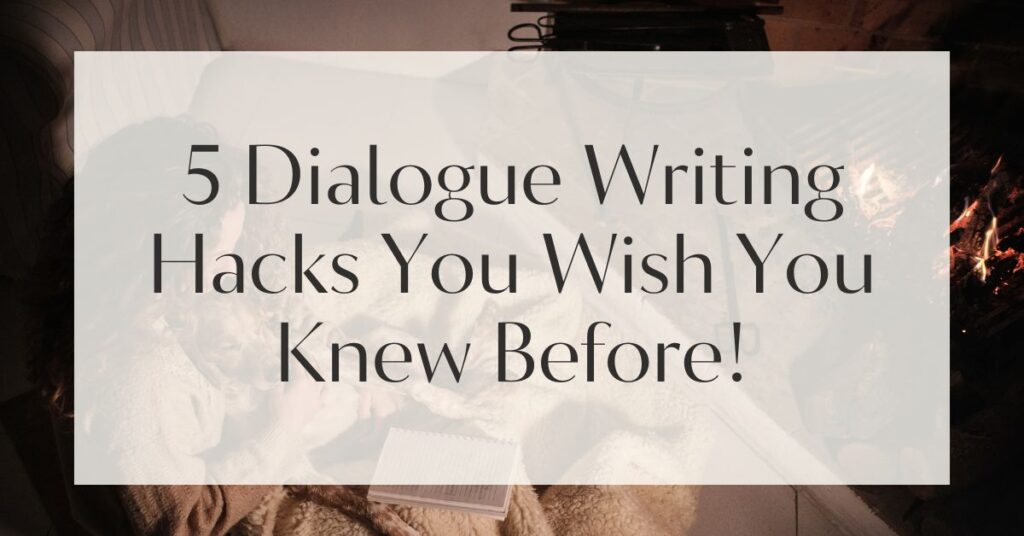Have you ever found yourself lost in a book, the characters’ voices so vivid they almost leap off the page?
That’s the magic of well-crafted dialogue. It can transport readers into a world of intrigue, passion, and drama, making them feel as though they’re eavesdropping on a conversation they shouldn’t miss.
But how do writers achieve this?
What secrets lie behind those captivating exchanges?
Let’s delve into the art of dialogue writing hacks that can transform your storytelling from mundane to mesmerizing.
Understanding Dialogue Writing Hacks
Dialogue is more than just words on a page; it’s the lifeblood of storytelling. It breathes life into characters, moves the plot forward, and reveals the underlying tensions that simmer beneath the surface.
But crafting compelling dialogue isn’t always easy. It requires a delicate balance of realism and creativity, allowing characters to speak in ways that are both believable and engaging.
Google Docs is for notes. Scrivener is for novels. Upgrade your writing game and try it for free today!

The Importance of Dialogue in Storytelling
Dialogue serves as a bridge between the reader and the fictional world. It provides insights into the characters’ minds, revealing their motivations, fears, and desires.
Through dialogue, readers can glean information about the setting, the conflict, and the stakes involved, all without heavy-handed exposition. Think of dialogue as the heartbeat of your narrative; without it, the story may fall flat.
How Dialogue Develops Characters and Moves the Plot
Characters are defined by what they say and how they say it. Dialogue can show a character’s personality, their relationships with others, and their growth throughout the story.
Consider how a terse exchange can indicate tension, or how a light-hearted banter can showcase camaraderie. Moreover, dialogue propels the plot by introducing new information, creating conflict, or providing resolution.
It keeps the narrative dynamic and the readers engaged.
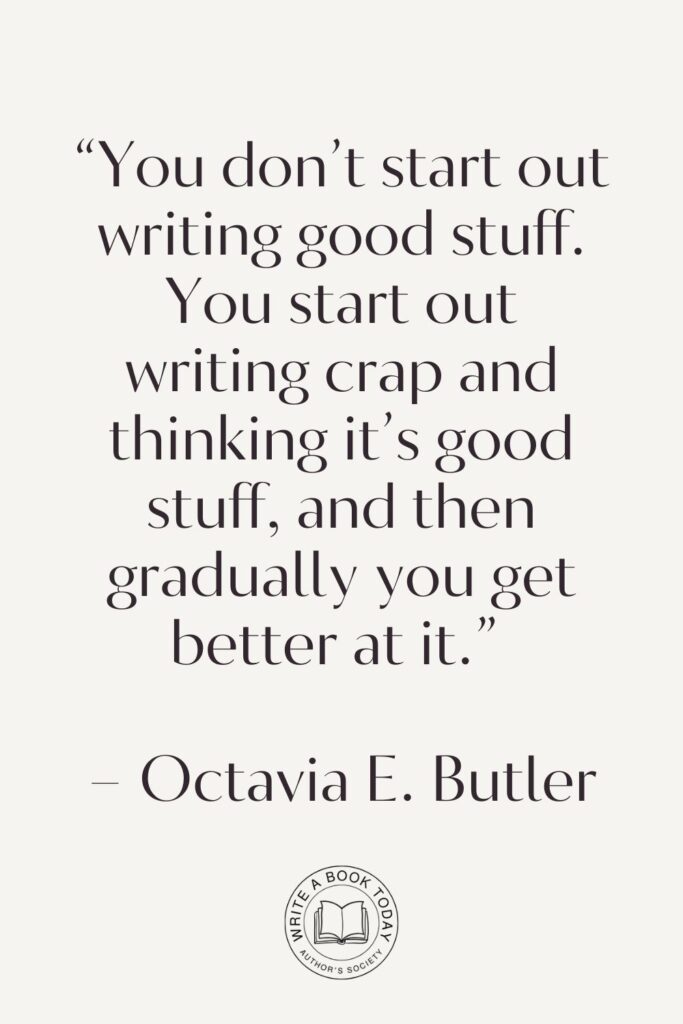
The Role of Subtext in Dialogue
Subtext is the unspoken undercurrent that adds depth to dialogue. It’s what characters don’t say that often reveals their true intentions or feelings.
For example, a simple “I’m fine” can be loaded with meaning, depending on the context and the character’s tone.
Mastering subtext allows writers to create layers of meaning, engaging readers on a deeper level as they read between the lines.
To effectively use subtext in your dialogue, consider what your characters want to hide or reveal subtly. This will add an intriguing layer of complexity to their interactions.
Feeling lost with your debut novel?
Fiverr Pro connects you with expert editors, designers, and marketers – everything you need to get your book ready for success!

Crafting Unique Character Voices
Each character should have a distinctive voice, one that reflects their background, personality, and experiences.
Crafting unique character voices is crucial for making your dialogue stand out and for helping readers differentiate between characters.
Creating Distinctive Speech Patterns
Pay attention to how different people speak in real life. Some might use short, clipped sentences, while others might ramble or use slang.
By giving each character a unique speech pattern, you add authenticity and depth to your dialogue.
This variation not only enriches the narrative but also makes each character memorable in their own right.
Using Regional Dialects and Accents
Incorporating regional dialects can add flavour to your dialogue, grounding your characters in a specific time and place.
However, it’s important to use dialects sparingly to avoid alienating readers or making dialogue difficult to follow. A few well-chosen words or phrases can effectively convey a character’s background without overwhelming the reader.
When using dialects, ensure consistency and clarity. Research the dialect thoroughly to avoid inaccuracies and stereotypes.
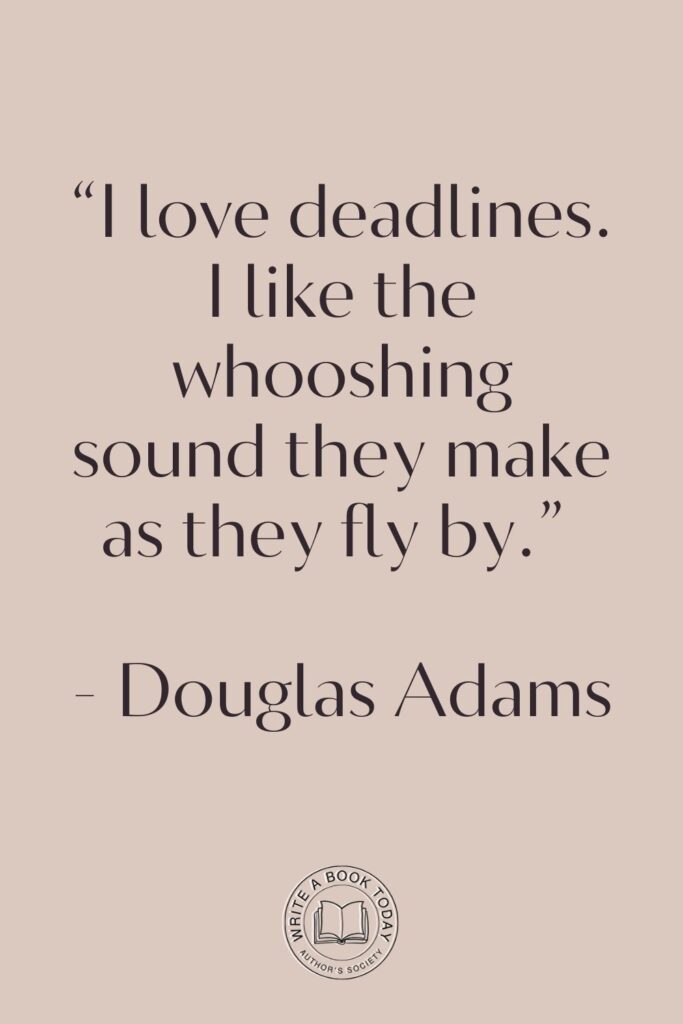
Balancing Realism and Fiction in Dialogue
While dialogue should sound natural, it doesn’t need to mimic real-life conversations exactly.
Realistic dialogue in fiction is often more polished and purposeful than everyday speech.
Avoiding Overly Realistic Dialogue
Real-life conversations are filled with filler words, interruptions, and tangents. In fiction, however, such elements can bog down the narrative.
Focus on what’s essential for the story, trimming unnecessary words to keep the dialogue sharp and engaging.
The Art of Conciseness in Dialogue
Conciseness is key to effective dialogue. Every line should serve a purpose, whether it’s revealing character, advancing the plot, or building tension.
Aim for brevity without sacrificing depth, ensuring each word contributes to the scene’s overall impact.
No marketing platform? No social following? No problem!
Publisher Rocket helps you market your debut novel like a pro.
It’s a gamechanger for debut authors – try it today!


Utilising Action and Emotion Beats
Action and emotion beats are powerful tools for enhancing dialogue. They provide context and depth, allowing readers to visualize the scene and understand the characters’ emotional states.
Incorporating Body Language and Actions
Body language can speak volumes, adding a layer of meaning to the spoken words. Describing a character’s gestures, expressions, or movements can convey emotions and intentions that dialogue alone might not capture.
For instance, a character’s clenched fists or averted gaze can suggest anger or discomfort, enriching the scene with non-verbal cues.
Engaging Readers with Emotional Subtext
Emotion beats highlight the characters’ internal landscapes, offering insights into their thoughts and feelings. By weaving these beats into dialogue, you create a richer, more immersive experience for the reader.
Consider how a pause before a response or a sigh after a statement can reveal the emotional weight behind the words.
Use action and emotion beats to break up dialogue and maintain the scene’s pacing. This will keep the narrative dynamic and engaging.
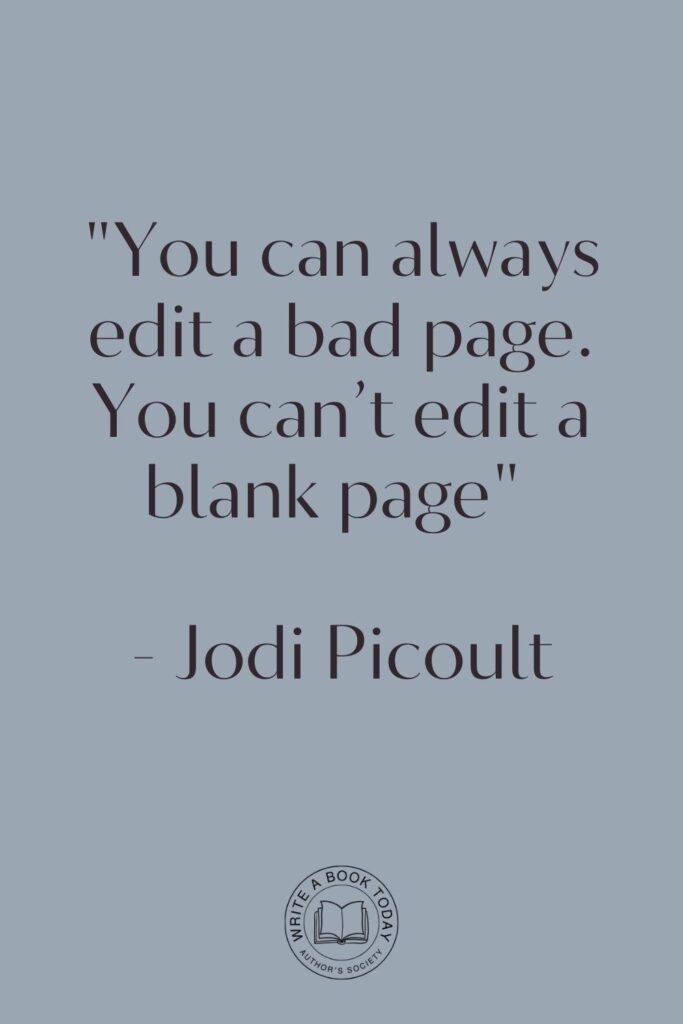
Practical Tips for Writing Effective Dialogue
Even with the best intentions, dialogue can sometimes fall flat. Here are some practical tips to ensure your dialogue remains compelling and effective.
Minimising Dialogue Tags and Redundant Phrases
Dialogue tags like “he said” or “she asked” are necessary for clarity, but overuse can be distracting. Instead, use them sparingly, letting the dialogue and context indicate who’s speaking.
Additionally, avoid redundant phrases that don’t add value to the conversation.
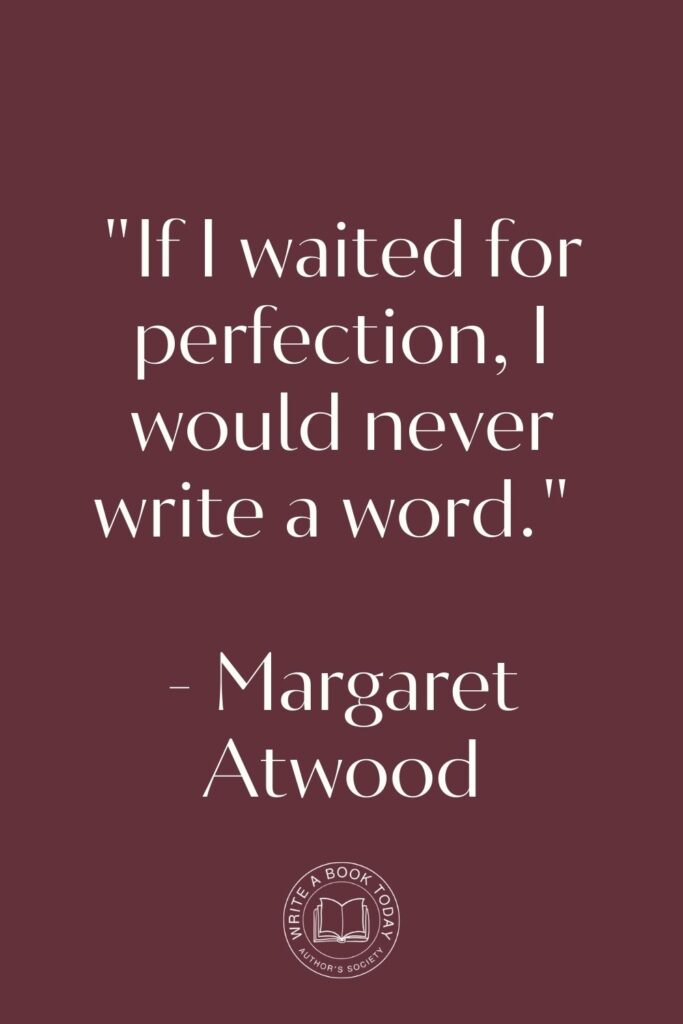
Reading Dialogue Aloud for Flow and Rhythm
One of the most effective ways to refine dialogue is to read it aloud. This practice helps identify awkward phrasing, unnatural rhythms, or areas where the dialogue doesn’t flow smoothly.
Listening to the words can also reveal whether the characters’ voices are distinct and true to their personalities.
Record yourself reading the dialogue and play it back. Hearing it as a listener can offer new perspectives on how it sounds and feels.
Final Thoughts on Dialogue Writing Hacks
Mastering the art of dialogue is a journey, one that requires practice, patience, and a keen ear for the subtleties of speech.
By implementing these dialogue writing hacks, you’ll be well on your way to crafting conversations that captivate and resonate with readers.
Remember, dialogue is not just about what characters say, but how they say it, what they leave unsaid, and how their words shape the world around them.
Embrace the power of dialogue, and let it elevate your storytelling to new heights.


